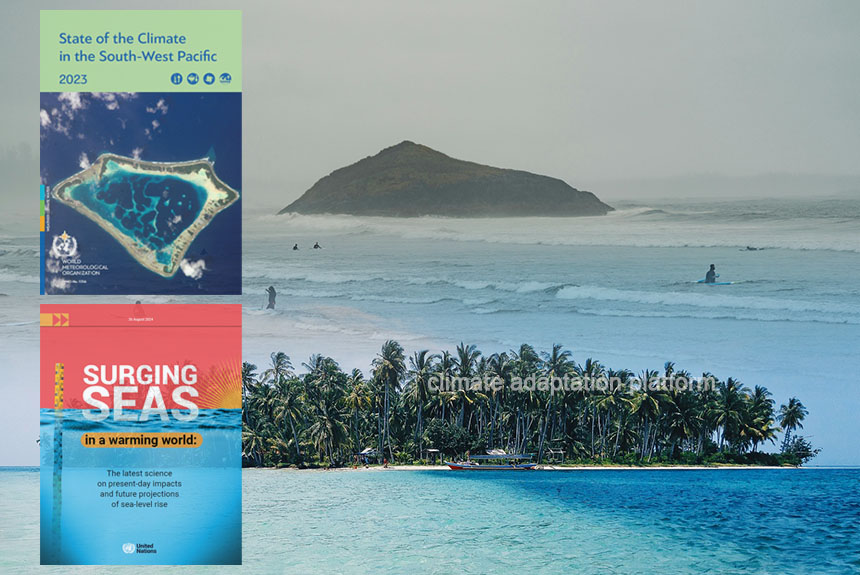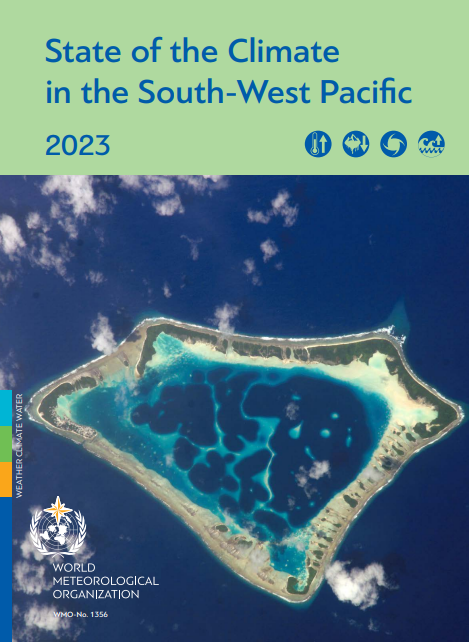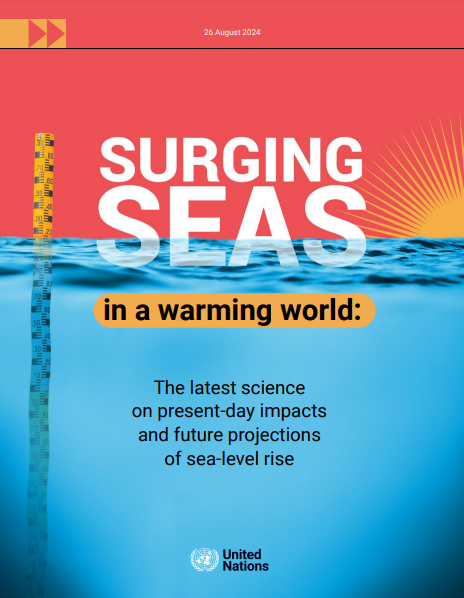Pacific leaders gathered in Tonga to attend the annual Pacific Islands Forum on 26-30 August 2024.
The Prime Minister of Tonga, Hon Hu’akavemeiliku Siaosi Sovaleni hosts this year’s summit where leaders from 18 member countries of Australia, Cook Islands, Federated States of Micronesia, Fiji, French Polynesia, Kiribati, Nauru, New Caledonia, New Zealand, Niue, Palau, Papua New Guinea, Republic of Marshall Islands, Samoa, Solomon Islands, Tonga, Tuvalu, and Vanuatu will convene, engage in discussions and agree on policies that will promote a resilient peaceful and prosperity in the region.
A focal point of discussion at the summit will centre on the threats of climate change and the rise of sea levels in the regions known as the world’s most vulnerable to the effects and impacts of climate change.
The United Nations Secretary-General António Guterres attended the summit to push for more climate action for the Small Island States in the Pacific.
“The Pacific is today the most vulnerable area of the world,” he told the BBC at the Pacific Island Forum Leaders Meeting in Tonga. There is an enormous injustice in relation to the Pacific, and that is the reason I am here.” He blames GHG emissions for the rising temperature and sea levels, “The reason is clear: greenhouse gases – overwhelmingly generated by burning fossil fuels – are cooking our planet” (Watson, 2024).
As glaciers and sea ice melt as the planet warms, sea levels will eventually affect all parts of the planet. “Surging seas are coming for us all,” Mr Guterres warned in a speech at the forum as the UN released two separate reports on the rising sea levels and how it will impact the Pacific Island nations.
The WMO “State of the Climate in the South-West Pacific 2023” report details how sea level rise in the region is above the global average. According to the World Meteorological Organization, a “triple whammy” of rising seas combined with their warming and acidification is confronting Pacific Island nations with “growing threats to their socioeconomic viability and indeed their very existence because of climate change”.
Sea surface temperatures have risen three times faster than the global average since 1980. Marine heat waves have approximately doubled in frequency since 1980, and they are more intense and last longer.
Key Messages of the “State of the Climate in the South-West Pacific 2023”:
- The year 2023 was significantly warmer than the previous years. The elevated temperature is associated with La Niña to El Niño conditions. The mean annual temperature for the region was 0.29 °C [0.26 °C–0.33°C] above the average for the 1991–2020 reference period, making the year one of the three warmest on record.
- Rainfall was above average for much of the Maritime Continent, Australia, Papua New Guinea, and the Pacific Islands in the first four months of the year, consistent with typical La Niña conditions. Conversely, in the last four months of the year, rainfall was below average for much of these regions.
- New Zealand experienced the most prominent and persistent marine heatwave in 2023 around its area, which lasted around six months.
- Sea levels continued to rise at rates higher than the global mean in several parts of the region.
- The South-West Pacific region is highly prone to hydrometeorological disasters, particularly storms and floods. 34 reported hydrometeorological hazard events in 2023 led to over 200 fatalities and impacted more than 25 million people.
- Typhoon Doksuri severely impacted the Southeast Asia region from 21 to July 27. Heavy rainfall in the Philippines displaced around 300,000 in the Philippines and killed at least 45 people.
- Hawaii had the deadliest single wildfire in August, with 100 deaths reported.
Accompanying the WMO report is a briefing document on “Surging Seas in a Warming World” that Mr Guterres described as “an SOS on sea-level rise.”
Global-mean Sea level is rising and accelerating due to human-induced global warming. This rise in sea level is driven primarily by two factors: the melting of land ice and the expansion of seawater as it warms.
Between 2006 and 2018, melting land ice contributed around 45% of the observed global mean sea level change, while seawater expansion contributed 39%.
Since the start of the 20th century, the global sea level has risen faster than any prior century in at least the last 3,000 years, and the rate of increase is accelerating. The average rate of SLR was 0.13cm per year between 1901–1971, increasing to 0.19cm per year between 1971–2006, and further increasing to 0.37cm per year between 2006–2018.
Recent studies suggest that long-term warming of 2°C could lead to the eventual loss of nearly all of Greenland, much of West Antarctica, and even vulnerable portions of East Antarctica, triggering inexorable SLR and committing the planet to between 12–20m of Sea Level Rise over millennia.
The findings demonstrate that SLR is affecting the lives and livelihoods of coastal communities and low-lying island nations around the world today, and it is accelerating. The climate change actions and decisions political leaders and policymakers take in the coming months and years will determine how devastating these impacts become and how quickly they worsen.
Click the images below to learn more about the reports:
Sources:
Watson, K. (August 27 2024). Surging seas are coming for us all, warns UN chief. BBC. Retrieved from https://www.bbc.com/news/articles/c3ej0xx2jpxo
53rd Pacific Islands Forum Leaders Meeting, Tonga. (2024). Pacific Islands Forum. Retrieved from https://forumsec.org/events/53rd-pacific-islands-forum-leaders-meeting-tonga
State of the Climate in the South-West Pacific 2023. (2024, August 27). World Meteorological Organization. Retrieved from https://wmo.int/publication-series/state-of-climate-south-west-pacific-2023
State of the Climate in the South-West Pacific 2023. (2024). World Meteorological Organization. Retrieved from https://library.wmo.int/viewer/68995/download?file=1356_State-of-the-Climate-in-SWP-2023_en.pdf&type=pdf&navigator=1
Surging Seas in a warming world. (2024 August 26). United Nations. Retrieved from https://www.un.org/sites/un2.un.org/files/slr_technical_brief_26_aug_2024.pdf





Leave a Reply